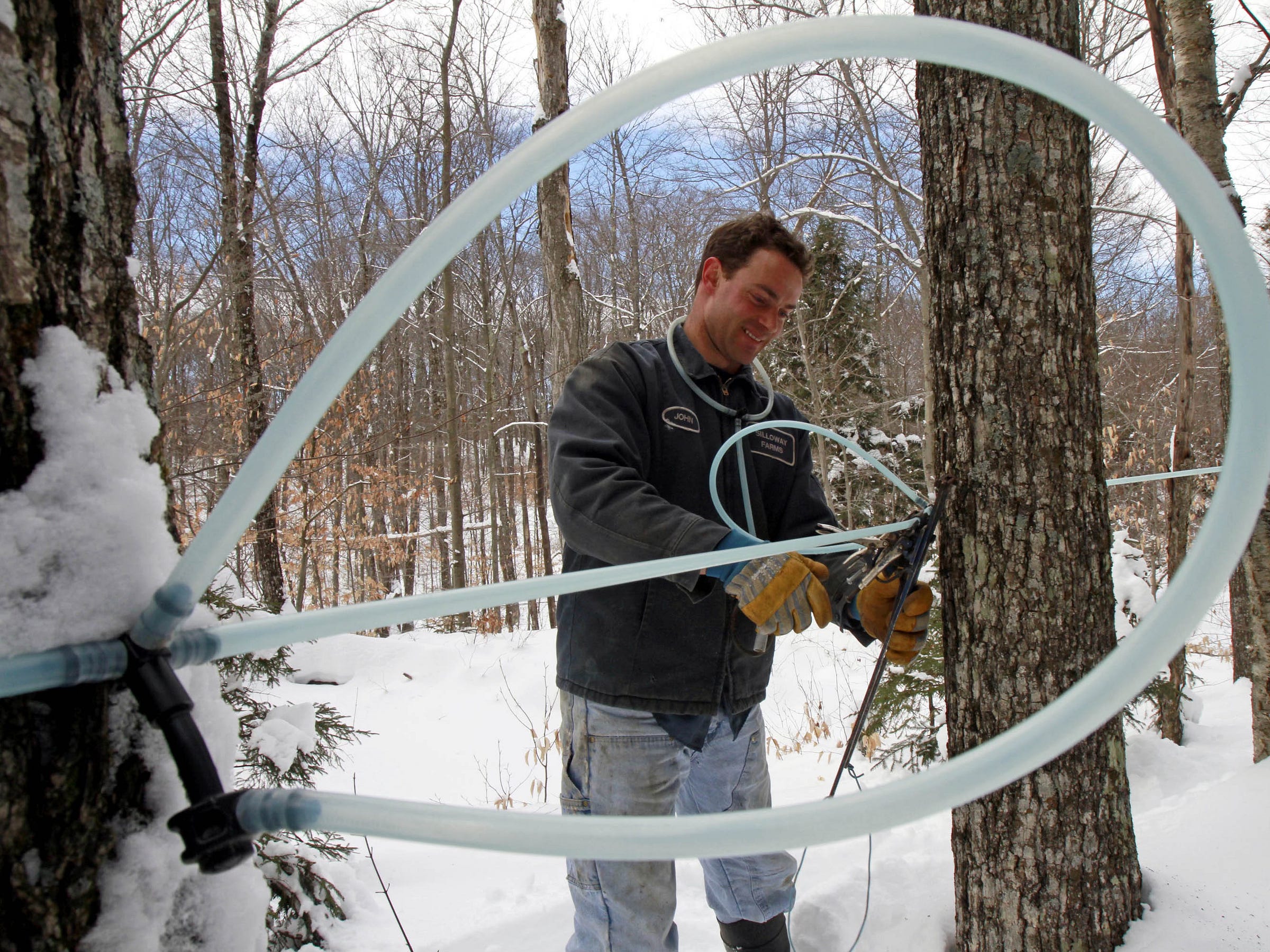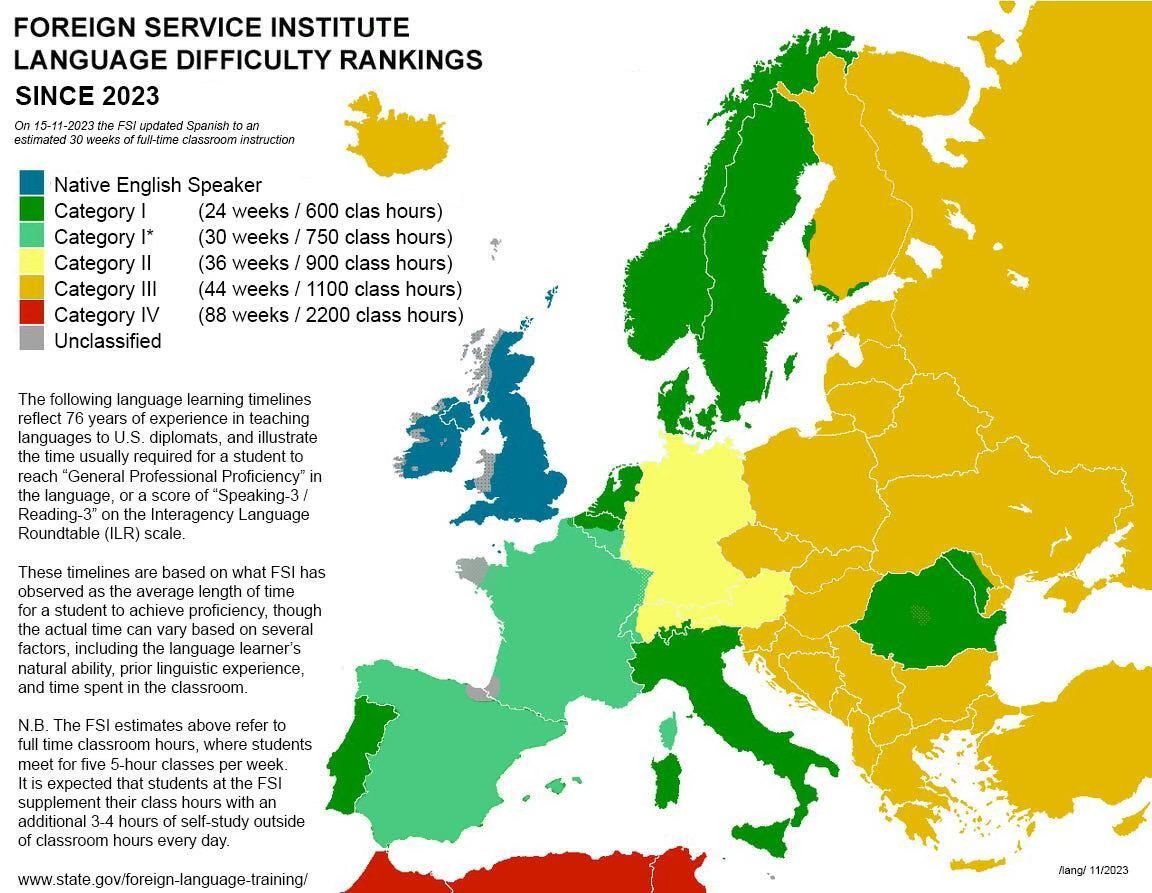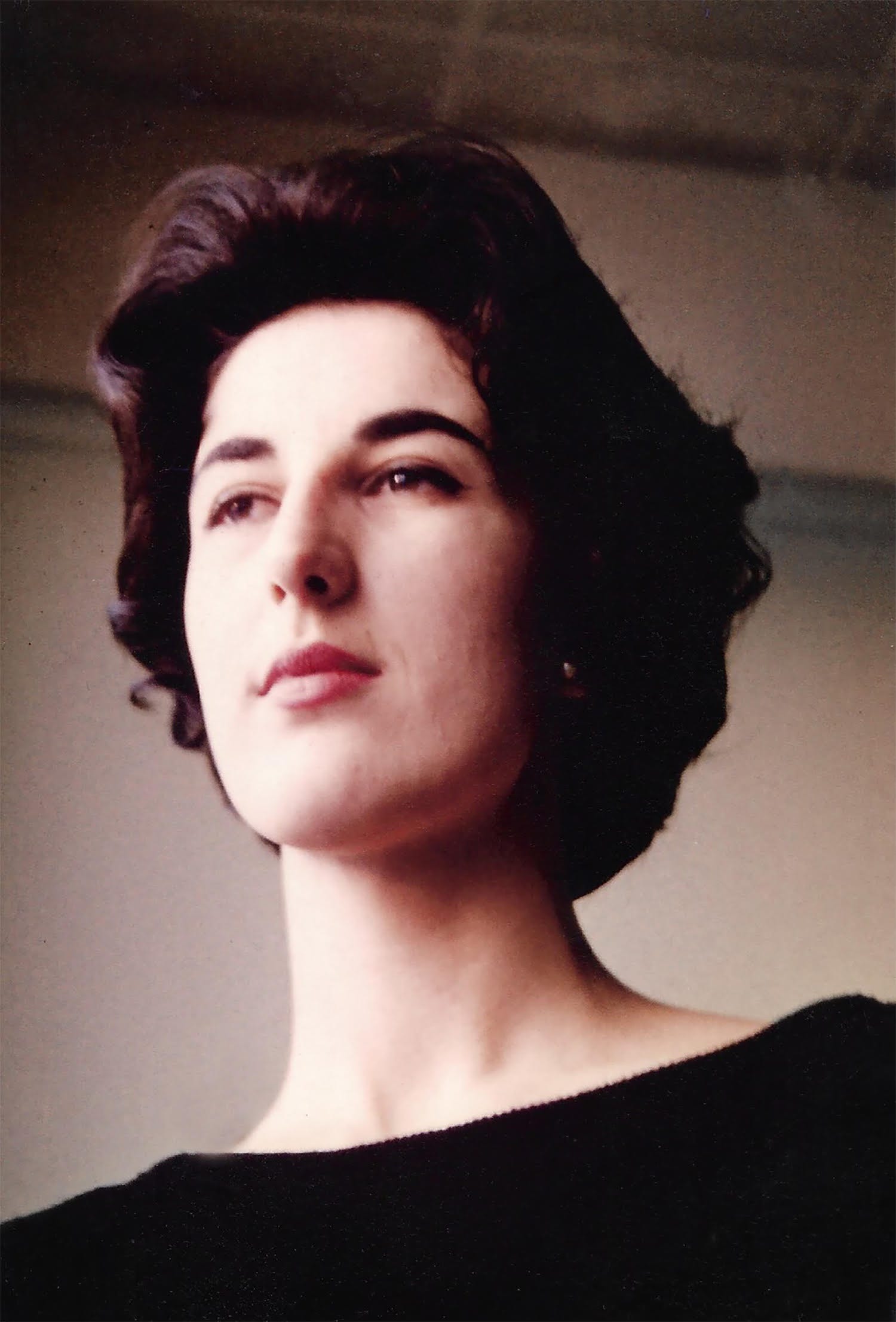A Tariff Issue; Unsafe Travel Map; and a Woman with an Eye for an Oscar Winner
February 24, 2025 Volume 5 # 37
What Will Trump Tariffs do to US Gasoline Prices.
Maybe not that much. The price of Western Canadian Select oil was $60.13 on Friday, all oil prices are in US dollars. So a 10% tariff would bring it to $66.13
On Friday, WTI, the North American price always quoted, was $70.40. Big deal. The American refiners and American drivers have been getting a bargain because Canadian politicians have blocked pipelines to ship oil and gas to the world at world prices. The Federal Government did expand the TMX, or Trans Mountain, pipeline capacity from Alberta to the Pacific.
Still, 90% of Canadian oil exports go to the United States and 70% to the American Midwest. Here’s a map that gives you a rough idea of where the oil goes. PAD II are the states that take the bulk of Canadian oil. Most of them voted for Trump.
So what does all this mean for Canadain producers? Again, not that much. I asked Calgary oil analyst Josef Schachter what a 10% tariff would do. There was a slightly larger differential when he responded. And WCS is Western Canadian Select.
Fred, The WCS discount now appears to be around US$13/b. If we get a 10% tariff then the discount can widen but not a much as before the TMX expansion (see chart below). Also, our C$ could weaken to US$0.68. Overall, no real pain for the Canadian energy industry.
Steel and Aluminum: Real Pain
Next on the Tariff Agenda is steel and Aluminum. While Alberta and other oil producing provinces shouldn’t worry that much, Ontario— Steel— and Quebec— aluminum are really going to get hit. This has alredy had huge political consequences in Canada. Donald Trump’s tariff threat forced Justin Trudeau to quit as Prime Minister. The Conservative Premier of Ontario, wearing a Captain Canada hat, will be re-elected in a landslide this week. The federal Conservative oppositon leader, who had a huge lead before Trump, is now running neck and neck with Mark Carney, the future Liberal leader. And, this is a personal opinion, Quebec separatism must have taken a hit. If a Trump-like bully can cause such chaos to a G-7 economy like Canada, imagine what he could do to a small, independent Quebec. Almost all that Canadian aluminum is produced in Quebec, and the steel is almost all Ontario.
Tariff Fever From the American Side
The New York Times ran this headline on Friday:
Some Readers Are Stocking Up to Prepare for Tariffs. Here’s What They’re Buying.
We asked, you answered: These are the food and drink items you’re buying in bulk.
The list thrifty buyers were buying included: Coffee, maple syrup, olive oil, canned and dried beans, avocados, cognac and a list of items that can be stored.
One winner: Vermont maple syrup producers.
Maple syrup production in Vermont has increased in recent years, in part becuase a major Quebec producer of maple syrup boiling equipment— including pipelines like the one below in a Vermont sugar bush— opened an office in St. Albans, Vermont.
What Buffett Owns
An interesting chart of the holdings of the famous stock picker.
Not Safe to Travel
The Meroe Pyramids in Sudan. This photo was taken in November of 2007. Travel to the ancient Nubian city was safe back then, but now it’s too dangerous.
An article the Daily Telegraph reproduced maps from the British Foreign Office showing what is safe and what isn’t, this year and in 2019.
Not Safe to Talk
English Speakers Learning a New Language
Political Life
Snowstorms: The path to my chicken coop in Knowlton, Quebec.
Essay of the Week
After starting out as a script assistant at CBC Television in 1960, Nada Harcourt rose through the ranks to become an influential figure at the public broadcaster, overseeing children’s programming then drama, and helping boost the early careers of actors Jim Carrey and Megan Follows, as well as a trio of young filmmakers who went on to win an Oscar.
Ms. Harcourt, who died in Toronto on Dec. 28, came up with the idea for the 1981 made-for-TV movie Introducing … Janet, which featured a 19-year-old Mr. Carrey in a supporting role playing a young comedian.
“It’s a warm and humorous story to which a lot of young people will, I’m sure, be able to relate,” Ms. Harcourt, then the head of CBC’s children’s department, was quoted as saying in a CBC article. (The film’s title was changed to Rubberface and Mr. Carrey’s photo was put onto the poster when he became successful in Hollywood.)
Another of Ms. Harcourt’s projects was a series of adaptations of Canadian short stories. One based on Alice Munro’s story Boys and Girls, starring a young Megan Follows, won the Oscar for Best Live Action Short Film in 1984.
When it won the Academy Award, producer Janice Platt thanked Ms. Harcourt in her acceptance speech. “It was so exciting to watch the Oscars and hear someone say my aunt’s name,” said Bill Harcourt, nephew of Ms. Harcourt’s late husband (also named Bill Harcourt).
The film’s producers, Ms. Platt, Seaton McLean and Michael MacMillan, were just a few years out of Queen’s University when they started Atlantis Films. Their first shot at fiction was a half-hour adaption of Margaret Laurence’s The Olden Days Coat. Ms. Harcourt bought it and that started them on the road to the Academy Awards.
“Nada contacted us and asked us to make six more of those [short-story adaptations] and we did and they came out under the heading Sons and Daughters. We made six half-hours based on Canadian authors, including Boys and Girls that won the Oscar,” Mr. McLean says. “The industry at that time would not have been the same and I don’t think the growth of the industry would have been the same if Nada had not been on the scene. She was a force of nature and wanted the best out of people and we basically have our careers to thank her for.”
Ms. Harcourt later helped Ms. Follows get the title role in Anne of Green Gables.
She helped boost the careers of Jim Carrey and Megan Follows, and had a hand in various critically acclaimed productions, including Anne of Green Gables
“Nada was also responsible for developing Anne of Green Gables and Anne of Green Gables: The Sequel with Sullivan Films,” her daughter, Shelagh Harcourt, said, “a mini-series starring Megan Follows that broke ratings records and won several Geminis, an Emmy and a Peabody.”
She was born Nada Ragus in 1937 in Kirkland Lake, Ont., the daughter of immigrants from Bosnia and Herzegovina, in Yugoslavia. Her father was a carpenter, her mother a homemaker.
“Her mother was an early nurturer of Nada’s love of reading and music, starting her on piano lessons at age 6. On dark winter afternoons Nada sometimes stayed at the library after school to read Things To Make and Things To Do in the multi-volume Book of Knowledge, so her mother found out how she could buy Nada her own set,” Shelagh said. The family moved to Toronto when Nada was nine.
Nada’s connection to the CBC started early. When she was at Davenport Public School she was a contestant on a children’s quiz show on CBC Radio at the old CBC building on Jarvis Street. Young Nada told the host of the program that she wanted to work at the CBC when she grew up.
A studious girl, she got her first job at age 12, helping the librarian sort books at the local library. At the University of Toronto she studied English literature and acted in many plays at Hart House.
Women who joined the CBC were often steered into the job of script assistant, even those who were university-educated. When Ms. Harcourt started at CBC Television in 1960, the national news was read only by men. Her high school friend Jan Tennant was the first woman to read CBC’s national news in 1974. Ms. Tennant, also university-educated, worked as a script assistant before she moved up to announcer. Script assistants helped put together the lineup of the program and sat in the studio with a stopwatch and the director, also a man in early television.
Ms. Harcourt enjoyed the excitement of working in the studio on a live broadcast with the countdowns to cuing the announcer or running a film clip on the national news, her daughter said. It was in the newsroom that she met Bill Harcourt, the charming and talented news writer and documentary producer.
“After marrying Bill and leaving the news department – you could not be married and working in the same department at CBC – she worked in current affairs on the Documentseries, including on Beryl Fox’s The Mills of The Gods,” Shelagh said of her mother. “She left the CBC to focus on motherhood then returned in the early 1970s as executive assistant to executive producer Jim Murray on the planning and production of The National Dream, the eight-part series based on Pierre Berton’s book.”
Ms. Harcourt joined the children’s department of the CBC in 1974 and by 1977 was manager of program production with responsibility for supervising pre-school series including Mr. Dressup and Sesame Street.
“Nada was deeply interested in the emotional lives of children,” Shelagh said. “She believed that youth was such a sensitive, dramatic time of life, worthy of being depicted on screen, in prime time, with the same resources [as those] allocated to stories about adults. As a broadcaster and a mum, she was dedicated to creating character-driven programs that featured children as protagonists and respected a child’s intelligence and strong point of view.”
Ms. Harcourt, who started as a script assistant just out of university, moved from children’s programming to drama. One of her fans was Ivan Fecan, who had a stellar career in broadcasting at many networks.
“When I returned to the CBC from NBC, I inherited Nada as head of children’s [programming] and was so impressed by her that I promoted her to head of drama series,” said Mr. Fecan, who was vice-president of CBC English Television at the time. “She was an imposing character: tough, principled and a passionate believer in Canadian programming. Nada was one of the first to champion The Kids of Degrassi Street, which of course went on the spawn many series.”
Mr. McLean said Ms. Harcourt was unusual in that she got out from behind her desk and went to producers’ offices, whereas programming executives usually insisted on staying put and having others come to them.
“She was demanding in a good way. She let the people who she nurtured make mistakes, but she was very guiding, and she would make you think, asking if this was the best way to go or was there another way to do it,” Mr. McLean said. ”She was very collaborative and took joy in seeing the success of other people, especially that group of very hungry, creative young people coming out of university in the late 1970s and early 1980s.”
In her long retirement, Ms. Harcourt lived in the vibrant downtown neighbourhood in the house she shared with her husband.
“My mum rarely embarrassed me – I was always proud of how with it she was. She was very interested in my friends and what was going on in our lives, to the point where it was common for a friend to come over and end up in deep conversation with her,” her daughter said.
“She was a lifelong pianist, avid reader and news junkie. She loved music, theatre, cinema, TV and word games. I wouldn’t call it a hobby, but over the years she knitted and distributed an enormous number of beanies. During the pandemic she got hooked on New York Times crosswords, the Spelling Bee, Wordle and Connections. Most of all, she loved great conversation, and she loved to laugh.”
Nada Harcourt leaves her daughter, Shelagh; son-in-law, Mark; and seven nieces and nephews.
















